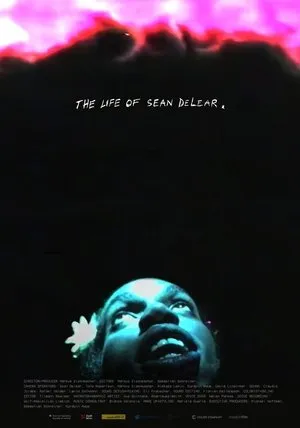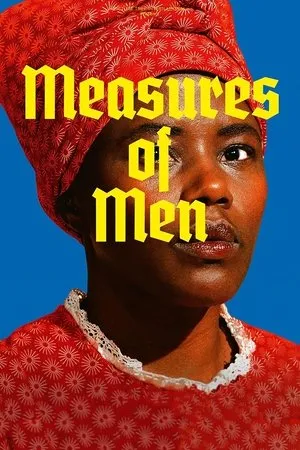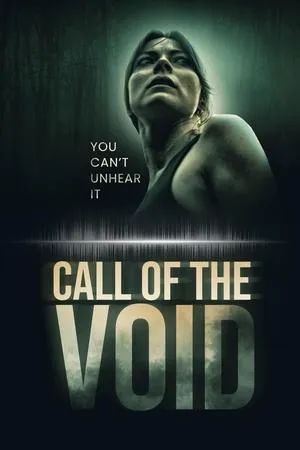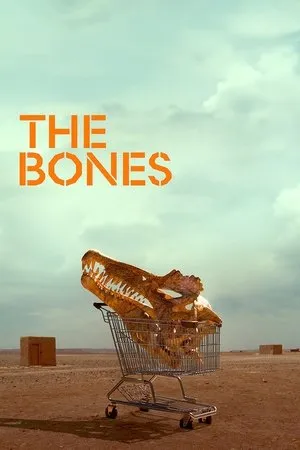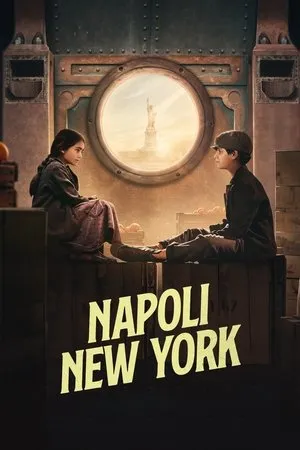In 1933, the world was introduced to a cinematic marvel that would forever alter the landscape of filmmaking: King Kong. Conceived by the audacious and visionary directors Merian C. Cooper and Ernest B. Schoedsack, this motion picture was not merely a film; it was a declaration of what cinema could achieve. It eclipsed everything that had come before, setting a new standard for artistic and technical innovation. When King Kong was unleashed upon the world, it was met with widespread acclaim, celebrated as a revolution in both art and technology. The film’s groundbreaking special effects, combined with its compelling narrative, captivated audiences and critics alike. It was more than just a movie; it was an experience that transported viewers to a world of wonder and terror. King Kong quickly became a cultural phenomenon, its image and story permeating popular culture. The film’s success was not just a matter of spectacle; it was also a testament to the power of storytelling. The tale of a giant ape, taken from his home and brought to the bustling metropolis of New York City, resonated with audiences on a deep emotional level. The film explored themes of nature versus civilization, the exploitation of the exotic, and the tragic consequences of unchecked ambition. These themes, combined with the film’s stunning visuals, made King Kong a truly unforgettable cinematic experience. The impact of King Kong extended far beyond its initial release. The film inspired countless filmmakers, artists, and writers, shaping the course of popular culture for decades to come. Its influence can be seen in everything from monster movies to adventure films to science fiction epics. King Kong became a touchstone for creativity, a reminder of the power of imagination and the potential of cinema to transport us to other worlds. The legacy of King Kong is not just about its technical achievements or its cultural impact; it is also about its enduring appeal. The film continues to captivate audiences today, generations after its initial release. Its story of a giant ape, struggling to survive in a world that does not understand him, remains as relevant and compelling as ever. King Kong is a timeless classic, a testament to the power of cinema to create myths and legends that endure for generations. The film’s success was a result of the unique vision and talent of its creators. Merian C. Cooper and Ernest B. Schoedsack were not just directors; they were adventurers, explorers, and storytellers. They brought a sense of authenticity and excitement to their films, drawing inspiration from their own experiences traveling the world. Their passion for adventure and their commitment to pushing the boundaries of cinema made King Kong a truly special and unforgettable film. King Kong was more than just a monster movie; it was a work of art. Its groundbreaking special effects, its compelling narrative, and its enduring themes made it a cinematic masterpiece. The film’s legacy continues to inspire and entertain audiences around the world, solidifying its place as one of the greatest films ever made. The creation of King Kong was a pivotal moment in the history of cinema. It marked the birth of a new kind of filmmaking, one that embraced spectacle, adventure, and imagination. The film’s success paved the way for countless other monster movies and adventure films, shaping the course of popular culture for decades to come. King Kong is a testament to the power of cinema to create myths and legends that endure for generations.
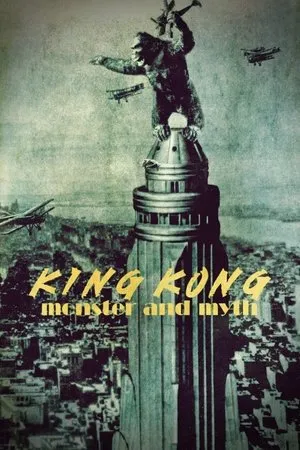
King Kong: Monster and Myth (2024)
In 1933, Merian C. Cooper and Ernest B. Schoedsack embarked on a daring cinematic endeavor, creating a motion picture that would surpass all previous achievements. The release of King Kong marked an artistic and technical revolution, establishing it as the first myth born from the burgeoning art of cinema. The film's impact resonated deeply, captivating audiences with its groundbreaking special effects and compelling narrative.


